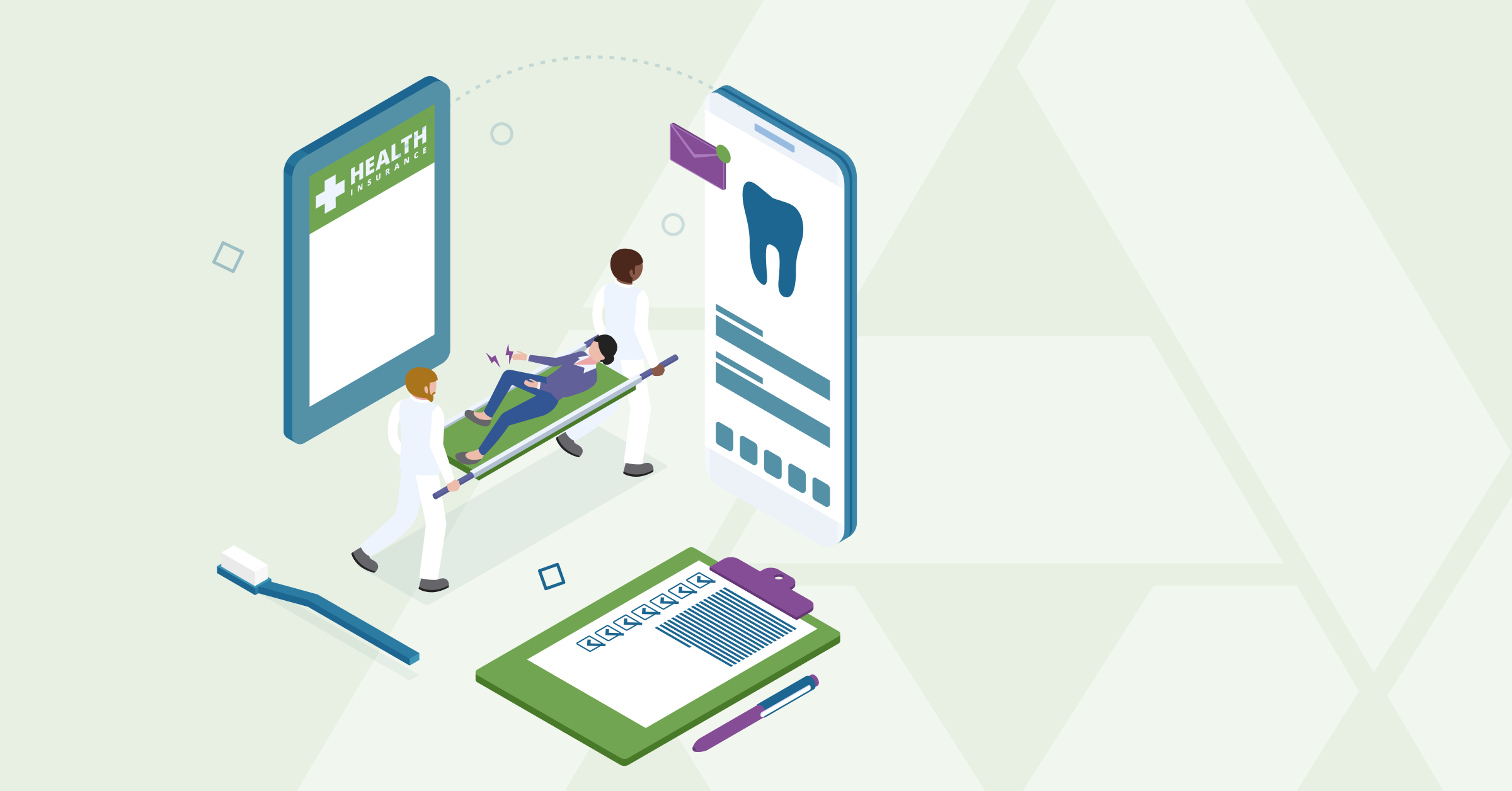Dental and health insurance are going through a transformation. The pandemic has accelerated the need for virtual healthcare and the technologies that support it, the convergence of health and dental insurance is on the rise, and consumer expectations are higher than ever. Many of these trends will continue to be relevant well into 2022, and health and dental plans need to be prepared to tackle these challenges to succeed.
Here are six key dental and health insurance trends to watch in 2022, and our advice for how to capitalize on them:
1. Convergence
We expect the convergence of health and dental insurance to increase in 2022. In the past, health plans were apprehensive about expanding into the dental insurance space. They’ve since realized the benefits, in terms of being able to diversify their product lines, and also in terms of providing a better experience to plan members. To get ahead of convergence, dental and health plans need better technology to support multiple types of insurance. Old legacy systems aren’t adaptable enough to support different products and plans. Having the right technology to support convergence, including low-code software with open APIs, is crucial.
2. Higher consumer expectations
In 2022, creating a better health and dental plan member experience will be important for both dental and health plans. Today’s health and dental plan members want their data to be easily accessible, and they want an overall service experience that’s similar to other industries, such as online shopping or banking. When calling a customer service rep, health and dental plan members expect them to have all of their benefits and plan information on hand and want their questions answered quickly. To achieve this, health and dental plans should focus on integrating their systems and having their data in one place. Better data management creates both better workflows for insurance companies and more personalized experiences for plan members.
3. New technologies
Antiquated legacy systems don’t have the adaptability and configurability to create health and dental plans that will succeed in today’s marketplace or into the future. In 2022 and beyond, health and dental plans need software that’s flexible enough to adapt to new technologies and services.
4. SaaS and cloud-based services
The shift to SaaS and cloud-based services from legacy systems will be a game changer for health and dental insurers. It’ll negate the need for hosted servers, reduce costs and increase access to information, and facilitate collaboration, scalability, integrations, easier upgrades, and ease of use. All of this will lead to a better overall experience for consumers and clinicians alike. Keep in mind, however, that insurance companies that provide cloud-based services need to address the need for increased security. When they put information in the cloud, health and dental plans need to work with a technology partner that takes increased security measures to mitigate risks and avoid data breaches.
5. Virtual healthcare
A greater need for virtual health was a trend that accelerated because of the pandemic. Virtual healthcare is here to stay, and plans need to know how to manage that, using software that supports these types of claims.
6. Focus on quality and value
There’s also going to be a continued focus on quality and value in health and dental insurance, which also speaks to a better consumer experience. In the past, healthcare was a fee-for-service model. Now, physicians are thinking in terms of higher quality of care for better health outcomes.
While no one can predict the future, by being mindful of these six key trends, health and dental plans will be well positioned to take on future challenges, increase consumer satisfaction and save time and resources in the long run, setting themselves up for success in 2022 and beyond.
Want to learn more about how to be the insurer of the future? Check out our e-Books, “Buyer’s Guide to Insurance Core Systems for Dental Plans” and “Buyer’s Guide to Insurance Core Systems for Health Plans.”




